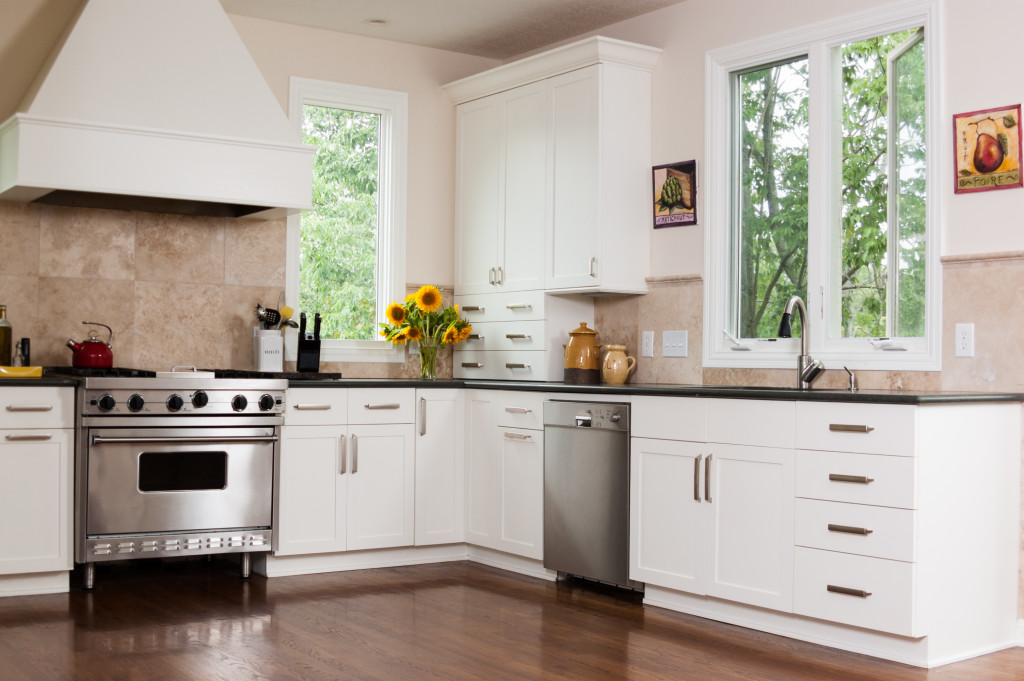Renovations can be pretty expensive, but they’re well worth the investment. A kitchen renovation is one of the most valuable constructions you can make for your house.
Even when they’re still dealing with mortgages, many homeowners look into renovating their kitchen spaces, particularly their countertop, to make the quality of their lives better. Imagine having space and tools to concoct perfect meals three times a day while bonding with the family in a sleek dining area. For all the expenses and trouble of a new kitchen and countertop, it pays a lot more.
Finding the right materials for a kitchen countertop can be difficult. They need the right balance between aesthetics and function, as the kitchen space takes a beating. To help you choose the right material for your countertop, we’ve put together a short guide.
Marble and Granite
Marble and granite are some of the most popular materials for kitchen countertops.
Granite comes in a wide selection of colors, ranging from browns to vibrant blues and reds. It doesn’t scratch, and chips on the corners can be repaired. Granite is less porous than marble, but it can be stained by grease.
Marble, on the other hand, has a smooth surface that’s ideal for pastry and pasta-making. So if your family is into creating cookie dough and spaghetti, marble countertops are the ideal choice.
Wood
Though not as popular as marble and granite, wood is nevertheless a great choice for a work surface. Most blocks of countertop wood are made from maple, teak, walnut, cherry, and oak. And because wood is susceptible to warping and cracking, wood countertops are often made from butcher block, a technique where several small, thick pieces of wood are glued together.
The downside is that wood is vulnerable to stains and burns. It’s also porous, so it needs more regular cleaning than other materials.
Laminate

Laminate is a type of countertop material that’s made of layers of decorative paper stacked, laminated with a patterned paper on top, and bonded to particleboard.
The biggest advantage of laminate is that it’s extremely versatile when it comes to design, plus it’s more affordable compared to other materials. It can even imitate the look of actual marble, wood, or resin, so whatever look you envision for your kitchen, a laminate countertop can deliver without breaking the bank. Moreover, it’s stain, abrasion, and moisture-resistant.
The caveat, however, is that scratches and nicks can’t be repaired. It’s not resistant to hot pots either, which can scorch and melt the surface.
Solid Surface
Solid surface countertops refer to either acrylic, polyester resins, or a blend of the two. It creates a nonporous, seamless surface that’s smooth to the touch. Just like laminate wood, it comes in a variety of colors and patterns, including faux-stone and wood.
The biggest advantage of solid surface countertops is easy maintenance. Because they’re nonporous, they are less likely to stain or provide a breeding ground for bacteria. Burns and stains can be repaired or buffed away, while deep gouges can be refilled.
Choose the type of material that best fits your preferences and budget. If you’re not sure which is ideal for you, don’t hesitate to discuss options with your contractors.





